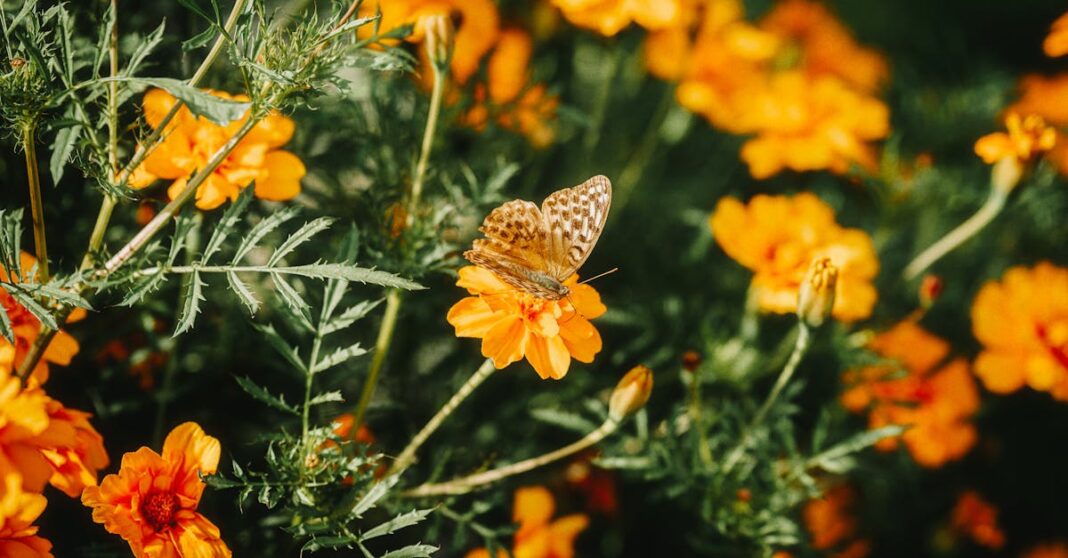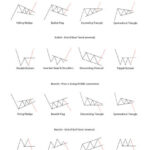When it comes to drawing a butterfly, there’s a certain magic in capturing its delicate beauty on paper. As an artist, I’ve always been drawn to the intricate patterns and vibrant colors of these graceful creatures. In this article, I’ll share my tips and techniques for creating a stunning butterfly drawing that truly comes to life on the page.
From the elegant sweep of its wings to the tiny details of its antennae, drawing a butterfly allows you to unleash your creativity and attention to detail. Whether you’re a beginner looking to hone your skills or a seasoned artist seeking new inspiration, mastering the art of drawing butterflies can be a rewarding and fulfilling experience. Join me as I guide you through the steps to create your own masterpiece that celebrates the beauty of these enchanting insects.
Key Takeaways
- Choose a high-resolution reference image with clear details for your butterfly drawing.
- Start sketching by outlining the basic shapes of the butterfly using simple lines.
- Observe real butterflies for inspiration to add intricate patterns and vibrant colors to your drawing.
- Select vibrant hues found in nature and aim for harmonious color combinations.
- Incorporate intricate patterns, add depth with shading techniques, and experiment with textures to enhance your butterfly drawing.
Choosing the Right Reference Image
How can I choose the best reference image for my butterfly drawing?
When selecting a reference image, opt for a high-resolution picture with clear details. Ensure proper lighting and focus to capture intricate patterns and colors accurately.
Sketching the Basic Shape
How do I start drawing a butterfly?
When sketching, begin by outlining the basic shape in simple lines. Start with circle for the head and ovals for the wings. Add the body and antennae details.
Adding Intricate Details
How can I enhance my butterfly drawing with intricate patterns and colors?
To level up your artwork, observe real butterflies for inspiration. Incorporate vibrant hues and delicate patterns with precision. Utilize fine-tipped markers or pencils for intricate detailing.
| Fact | Number |
|---|---|
| Butterfly species | 17,500 |
| Global butterfly | 1M |
| Marking stages | 4 |
Selecting the Perfect Color Palette
How can I choose the ideal colors for my butterfly drawing?
When selecting colors, opt for vibrant hues found in nature. Consider that butterflies can see more colors than humans. Aim for harmonious color combinations to make your drawing visually striking.
| Key Points | |
|---|---|
| Vibrant hues in nature | |
| Butterflies see more colors | |
| Harmonious color combos |
Refining and Finalizing Your Drawing
How can I enhance my butterfly drawing?
Incorporate intricate patterns using a fine liner. Add depth with shading techniques. Consider using 4-5 colors for a vibrant finish. Experiment with different textures for a lifelike effect.
Conclusion
Drawing butterflies is a creative and rewarding process that allows for endless possibilities. By incorporating intricate patterns, shading techniques, and experimenting with textures, you can bring your butterfly illustrations to life. Using a combination of 4-5 colors can add vibrancy and detail to your artwork, making it visually striking. Remember to let your imagination soar and explore different styles to create unique and captivating butterfly drawings. Keep practicing and honing your skills to achieve beautiful and realistic butterfly illustrations that showcase your artistic talent.
Frequently Asked Questions
How can I enhance my butterfly drawings?
To enhance butterfly drawings, use intricate patterns with a fine liner, incorporate shading techniques for depth, and experiment with textures for a lifelike effect. Aim for 4-5 vibrant colors to create visually striking and detailed illustrations.
What tools are recommended for enhancing butterfly drawings?
For enhancing butterfly drawings, it is recommended to use a fine liner for intricate patterns, shading tools for depth, and various textures for a realistic effect. Utilize 4-5 colors for a vibrant finish that brings out the details in your illustrations.





